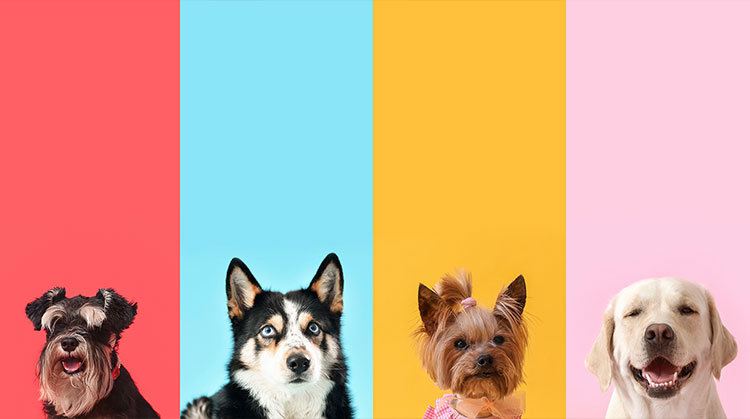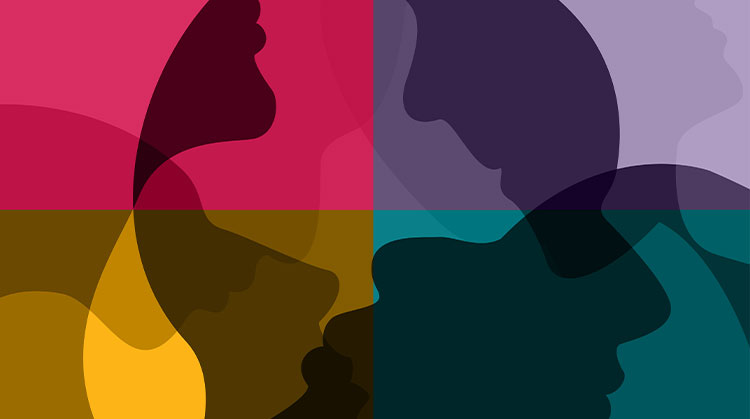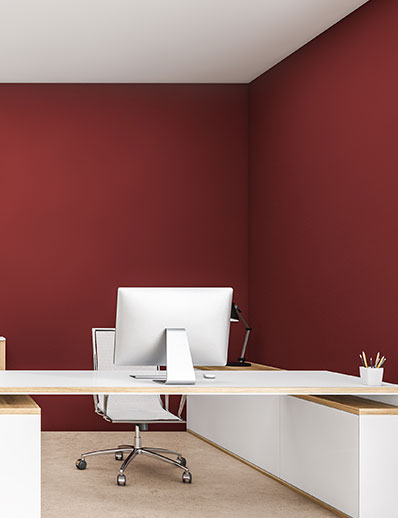All of us are affected by the environment around us. Factors such as the temperature or ambient noise level can have an outsized impact on our mood, our stress level, and our productivity. That’s what makes it so important to be intentional in all aspects of office design; every detail of your workspace that can potentially affect the creativity, focus, and morale of your team.
An especially critical detail is color. The combination of hues you employ on the walls and in the furniture of your office can have a real impact on employee mood and behavior, making it important to design your office space with the principles of color psychology in mind.
Color Psychology 101
Color psychology is exactly what the name suggests: The study of all the ways in which color can shape how people think and behave. Color psychologists contend that different colors can have subconscious meanings and associations, which can in turn be shaped by a person’s age and cultural background.


The bottom line: The field of color psychology maintains that the shades you choose for your office design can have a direct impact on mental health and emotional wellbeing. Colors can affect the way employees feel about coming to work, and the level of focus they can achieve once they are at their desk or in the conference room.
Color and Productivity
So how do specific colors affect productivity? Again, color psychology accounts for the mitigating influence of age and culture, but here are some high-level principles to consider.
- Red: Red is a color associated with boldness and passion. Using it in the workplace can evoke energy, stimulate thinking, and even increase heart rate. Too much red, however, may lead to anger and aggression.
- Blue: The color of reliability, blue is good for coaxing deep, intellectual thought. It can also produce a calming effect and is good for meeting rooms and other areas where you want to encourage collaboration.
- White: Clean, fresh, and contemporary, white can be a good way to make your workspace feel like an inspiring space.


- Black: Associated with luxury and elegance, black can be a good choice for client lounges and waiting areas, but it can also provide an upscale accent to employee break rooms and conference areas.
- Green: Green is associated with the natural world, and with holistic health of the mind and body. You can maintain a refreshed, energizing office atmosphere by incorporating green, not just in terms of paint colors but also plant life.
- Yellow: This color is closely linked with happiness and positivity. Some splashes of yellow can be an excellent choice in any workspace but be aware that too much yellow can result in eyestrain and other frustrations
Have More Questions About Color Theory or Office Design?
Our experienced team can help. Get your free consultation today!
Learn MoreStrategic Ways to Use Color
Remember that splashing your entire office space with a monochromatic paint color can mute the intended effects of your color psychology. It’s usually better to provide a sense of balance and subtlety. For example, rather than painting all your walls green, consider bringing in a handful of plants. Furniture, columns, and curtains are additional areas where you can thoughtfully inject color into your work decor.
Keep color psychology front and center as you consider the design for your workspace. And with any additional questions about getting set up in a new office environment, don’t hesitate to contact Corovan directly.
